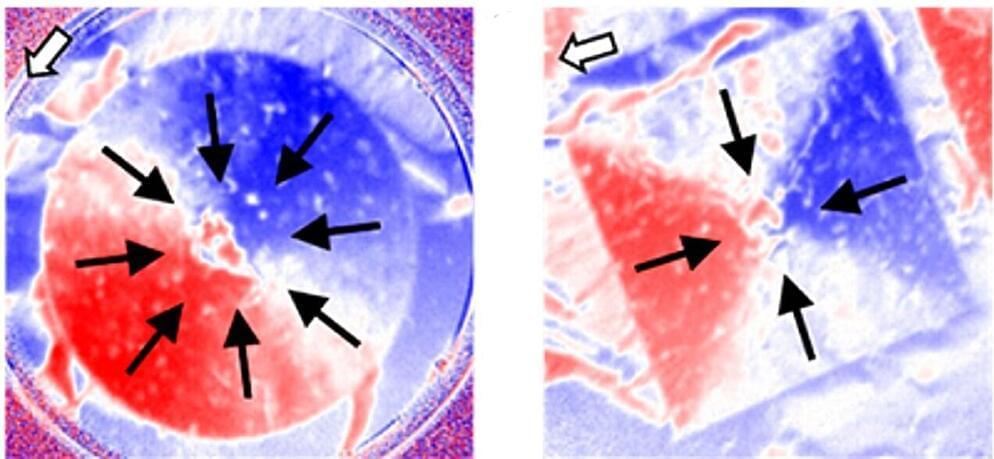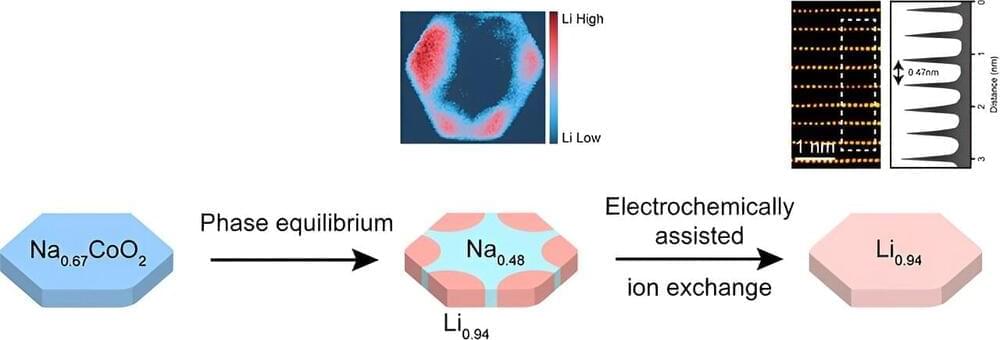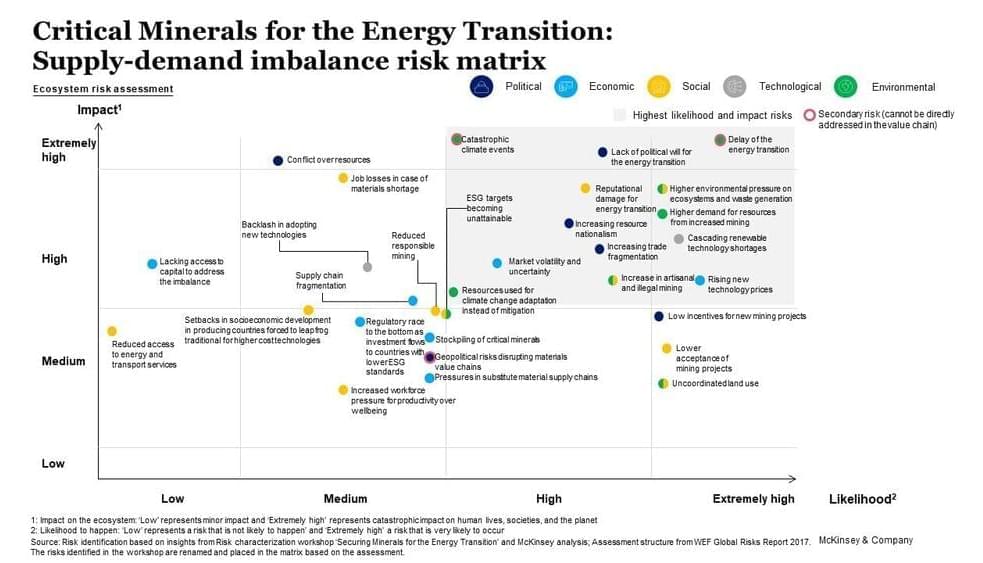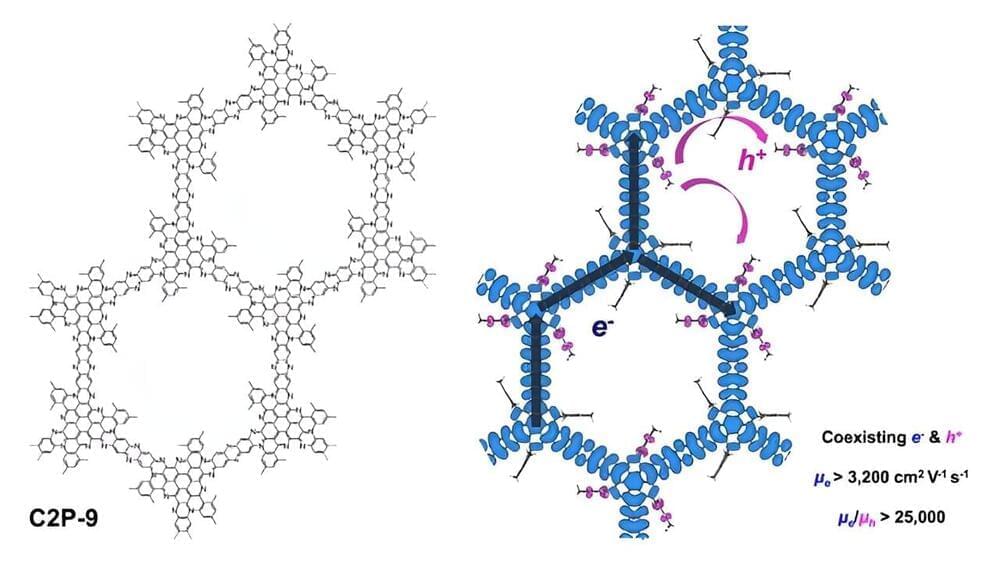Concern about a generative AI bubble is growing. To defend against disillusionment, measure its concrete value.


MIT scientists have tackled key obstacles to bringing 2D magnetic materials into practical use, setting the stage for the next generation of energy-efficient computers.
Globally, computation is booming at an unprecedented rate, fueled by the boons of artificial intelligence. With this, the staggering energy demand of the world’s computing infrastructure has become a major concern, and the development of computing devices that are far more energy-efficient is a leading challenge for the scientific community.
Use of magnetic materials to build computing devices like memories and processors has emerged as a promising avenue for creating “beyond-CMOS” computers, which would use far less energy compared to traditional computers. Magnetization switching in magnets can be used in computation the same way that a transistor switches from open or closed to represent the 0s and 1s of binary code.
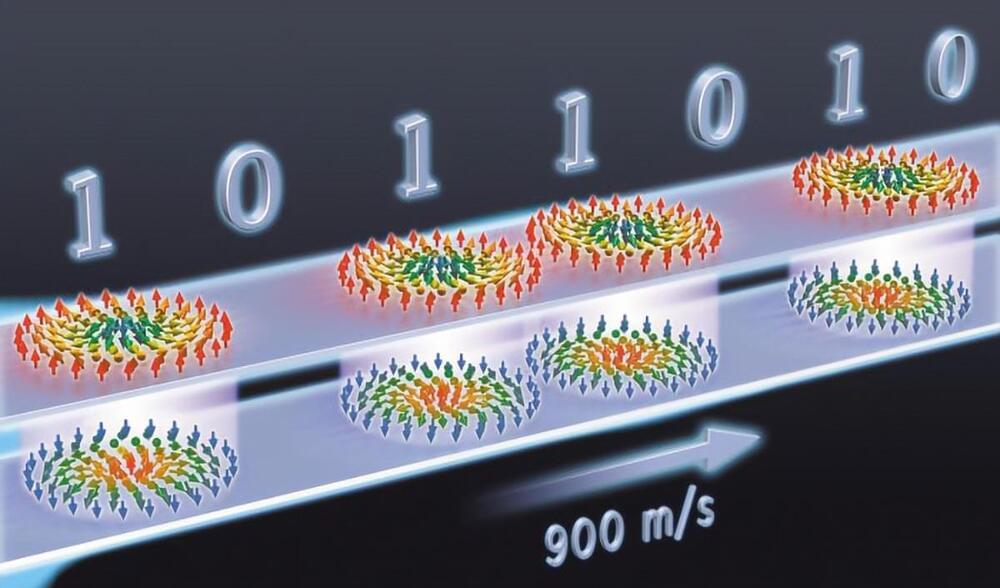
Scientists discovered that skyrmions, potential future bits for computer memory, can now move at speeds up to 900 m/s, a significant increase facilitated by the use of antiferromagnetic materials.
An international research team led by scientists from the CNRS[1] has discovered that the magnetic nanobubbles[2] known as skyrmions can be moved by electrical currents, attaining record speeds up to 900 m/s.
Anticipated as future bits in computer memory, these nanobubbles offer enhanced avenues for information processing in electronic devices. Their tiny size[3] provides great computing and information storage capacity, as well as low energy consumption.
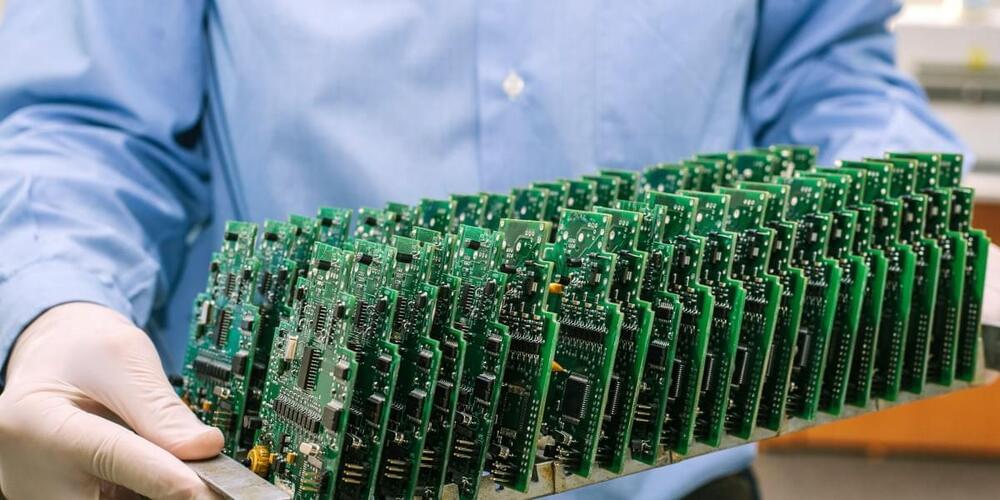
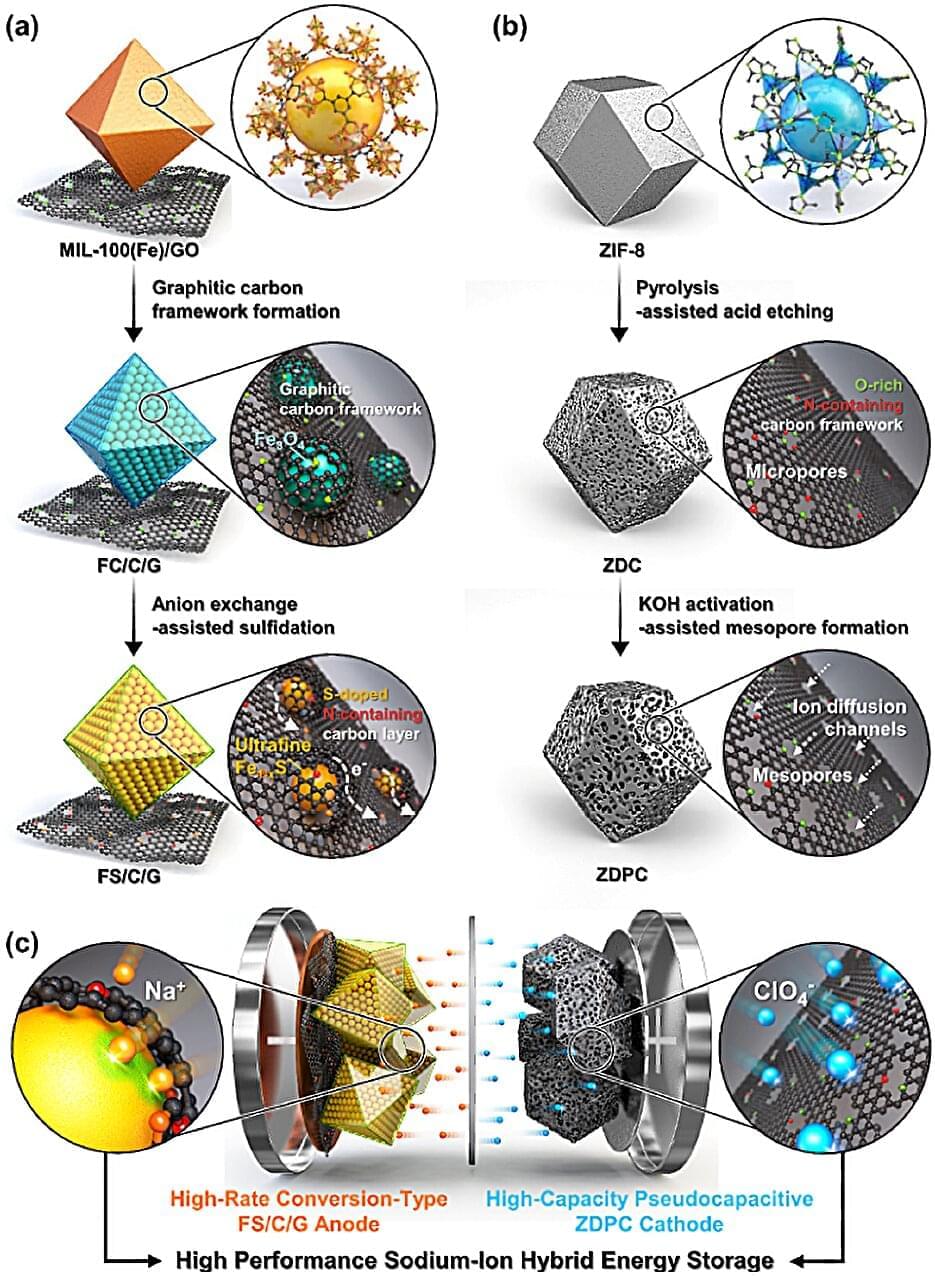
Sodium (Na), which is over 500 times more abundant than lithium (Li), has recently garnered significant attention for its potential in sodium-ion battery technologies. However, existing sodium-ion batteries face fundamental limitations, including lower power output, constrained storage properties, and longer charging times, necessitating the development of next-generation energy storage materials.

Superconductivity continues to revolutionize technology in so many ways. While some technological advances rely on finding ways to encourage zero-resistance currents at warmer temperatures, engineers are also considering better ways of fine-controlling the super-efficient flow of electrons.
Unfortunately, many processes that would work just fine for run-of-the-mill electronics, such as the application of external magnetic fields, risk interfering with the properties that make superconductors so efficient.
An international team of scientists has succeeded in confining an exotic state of superconductivity that’s controlled by strong magnetism rather than disrupted by it.
